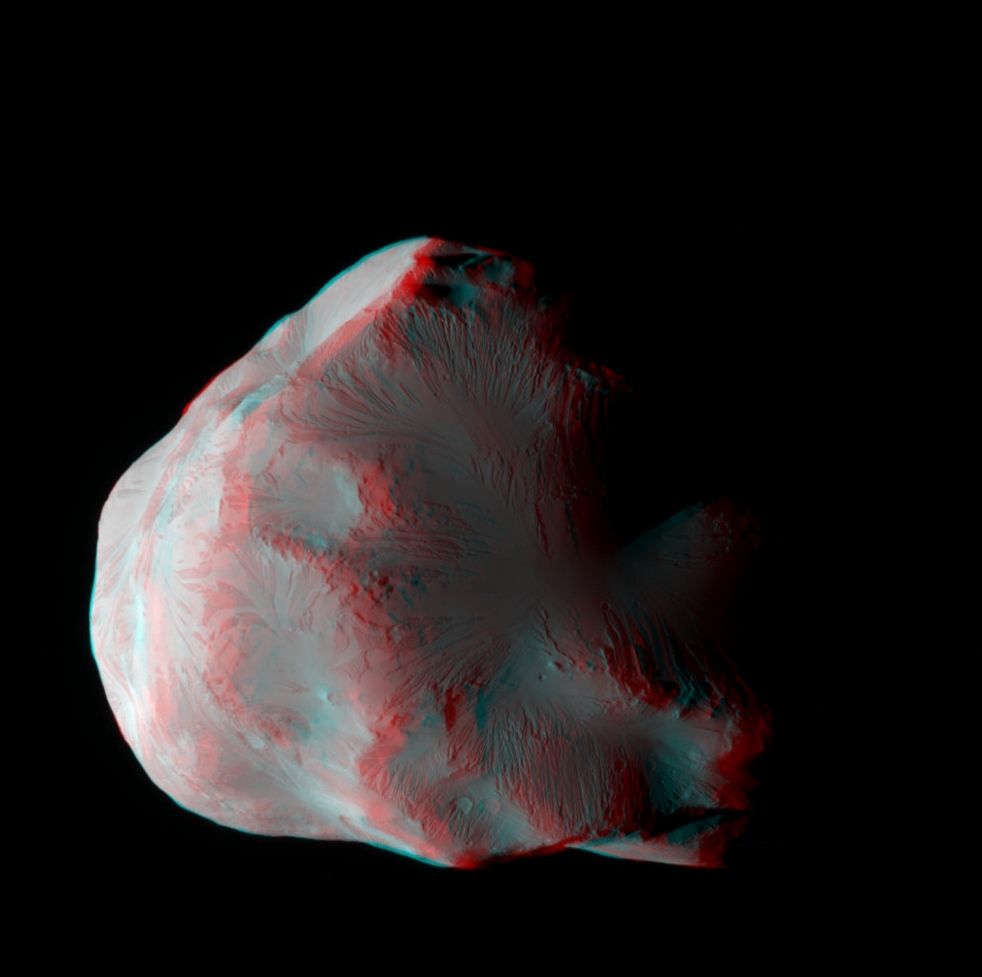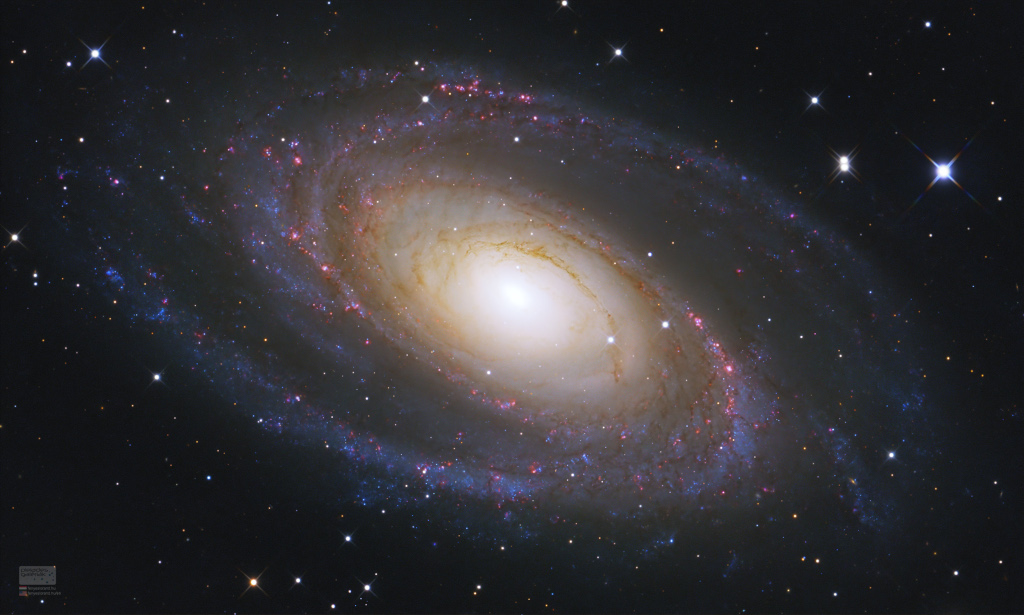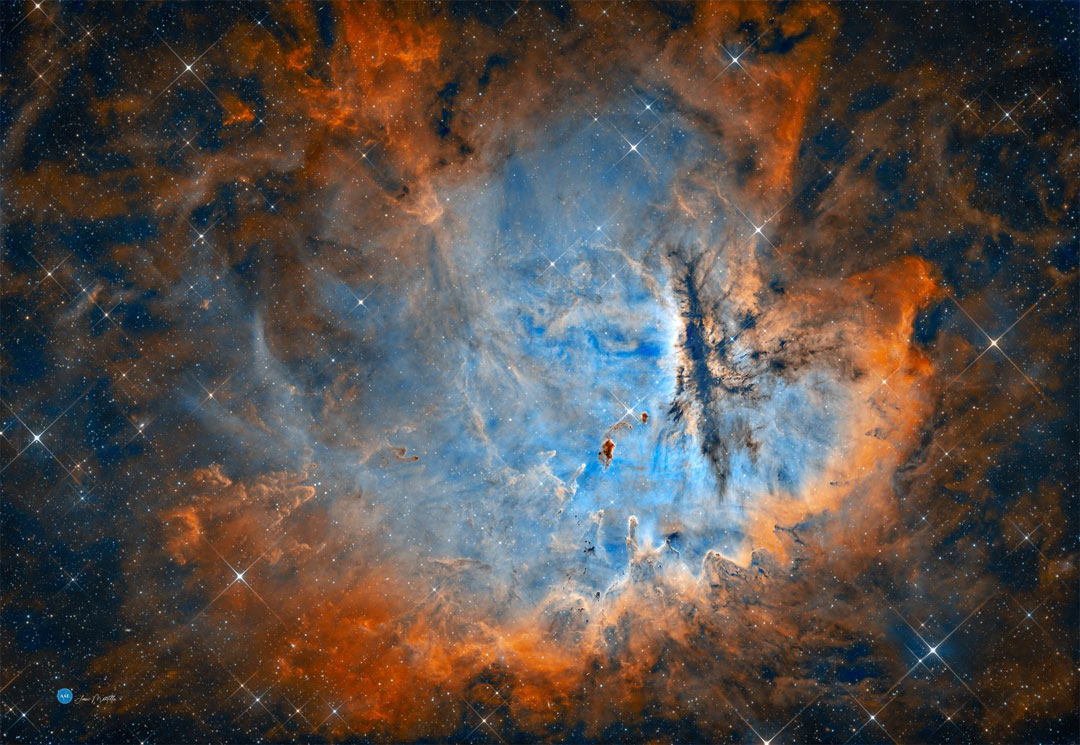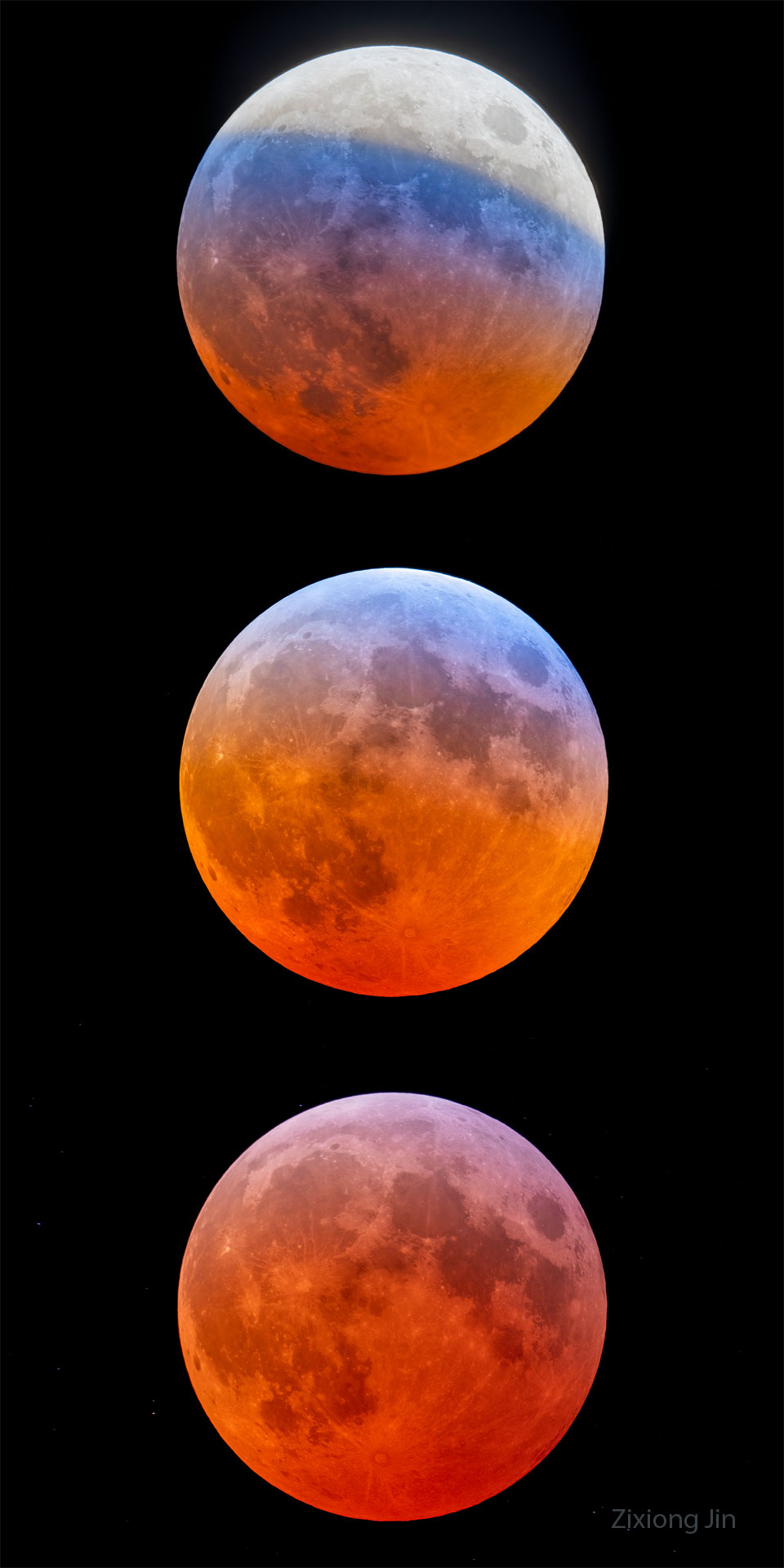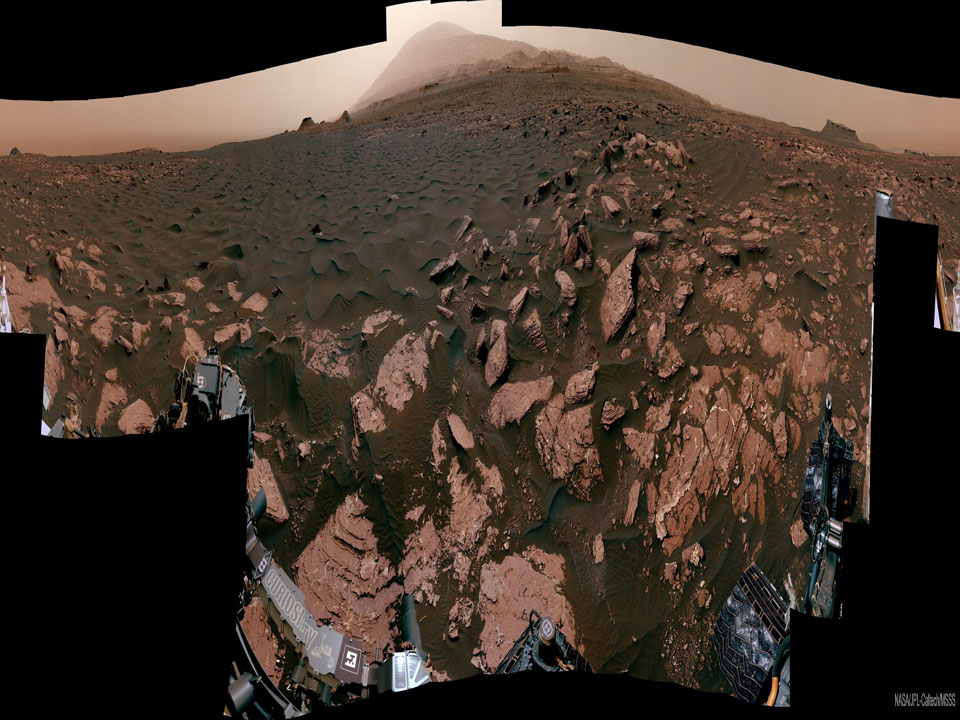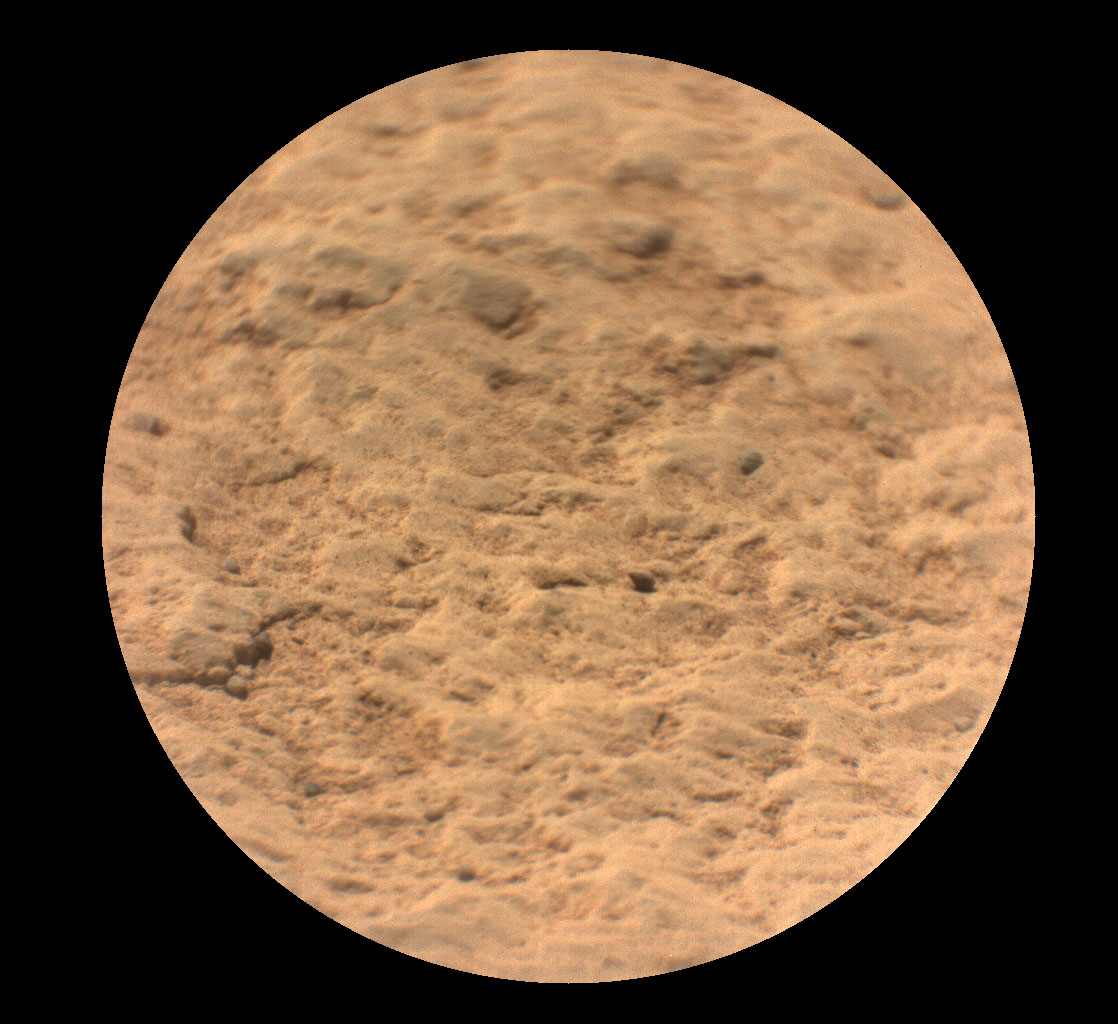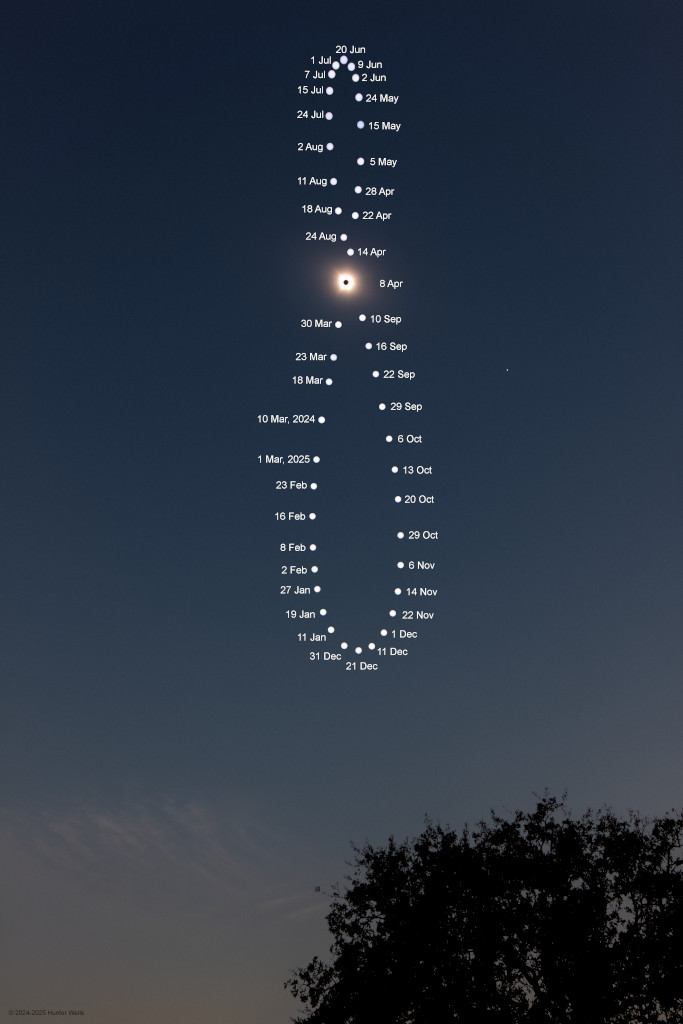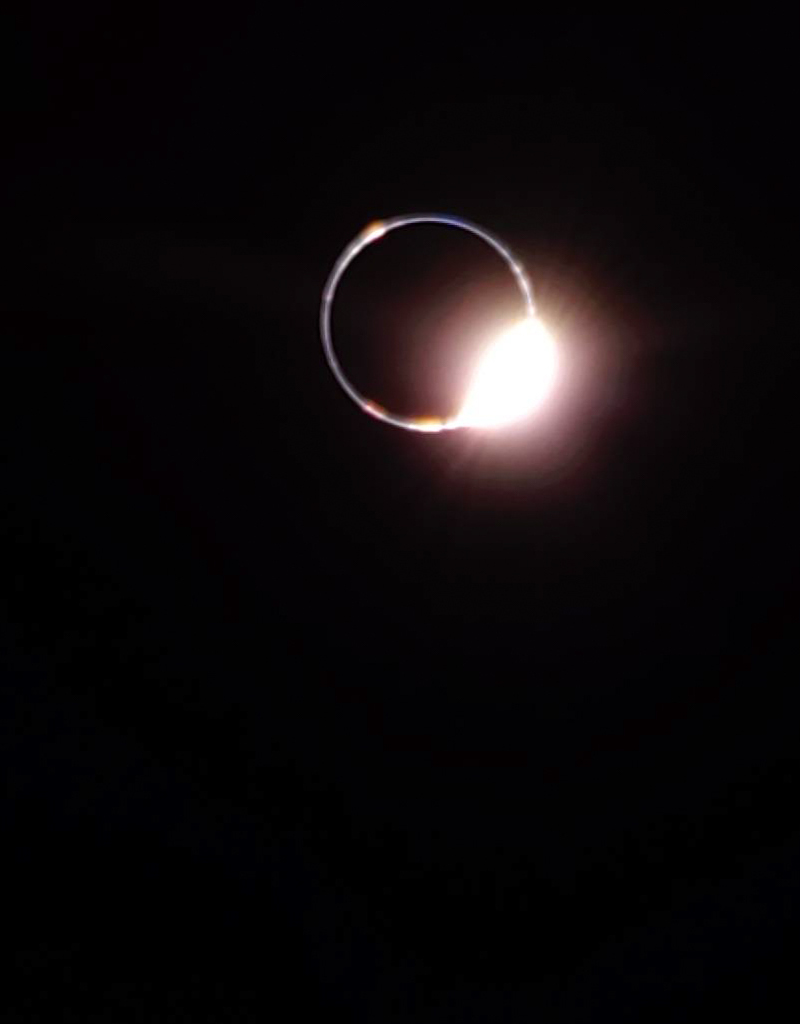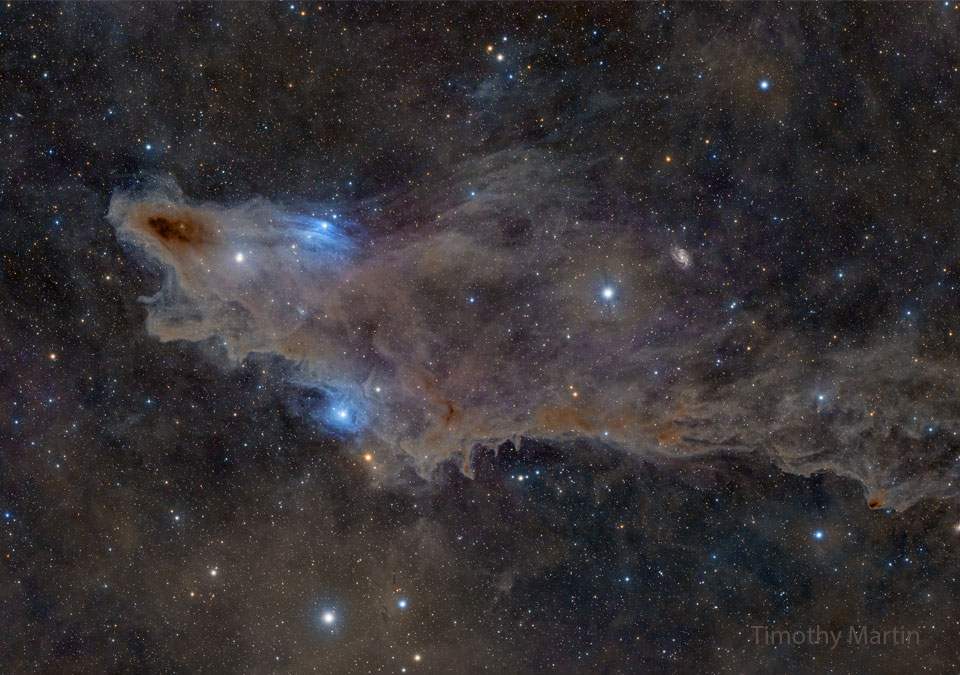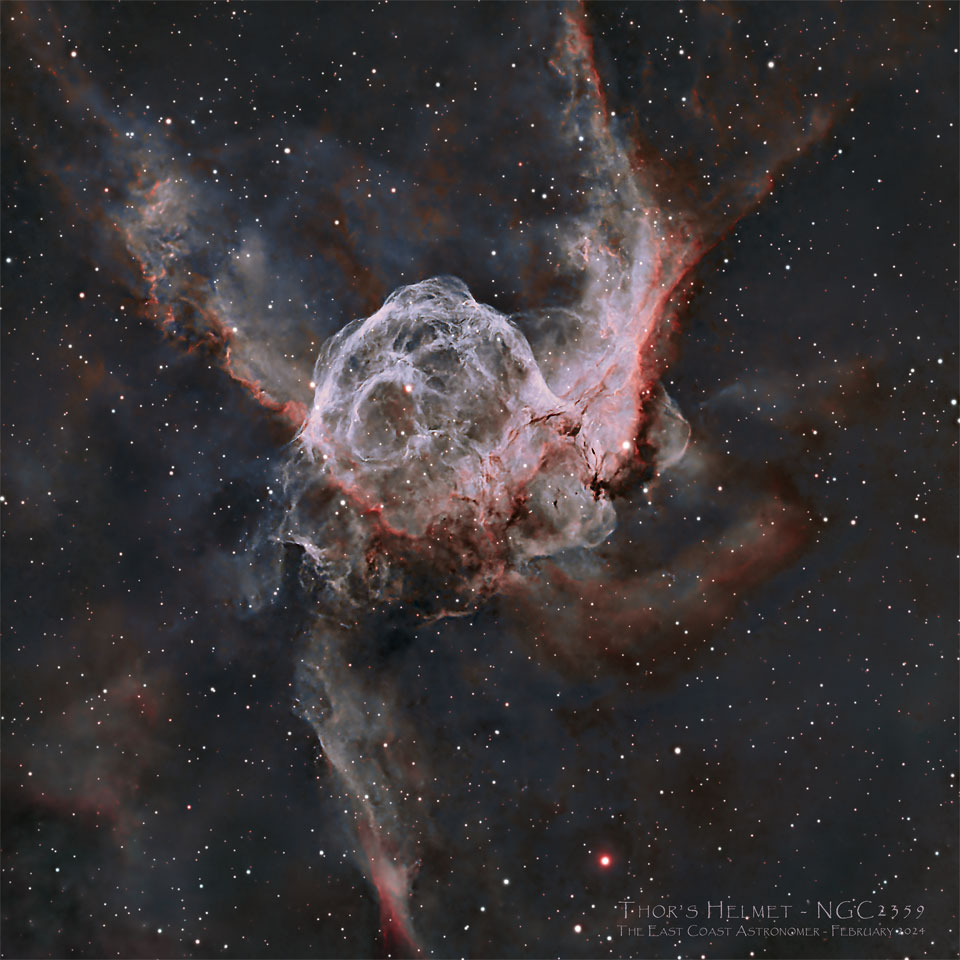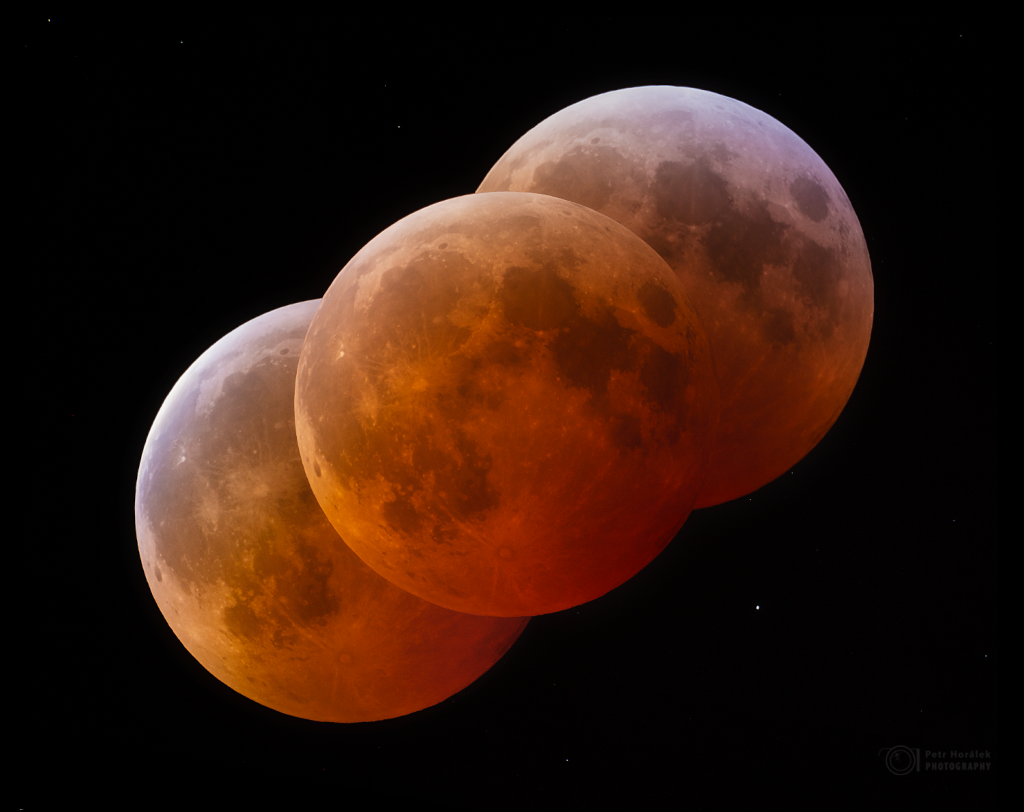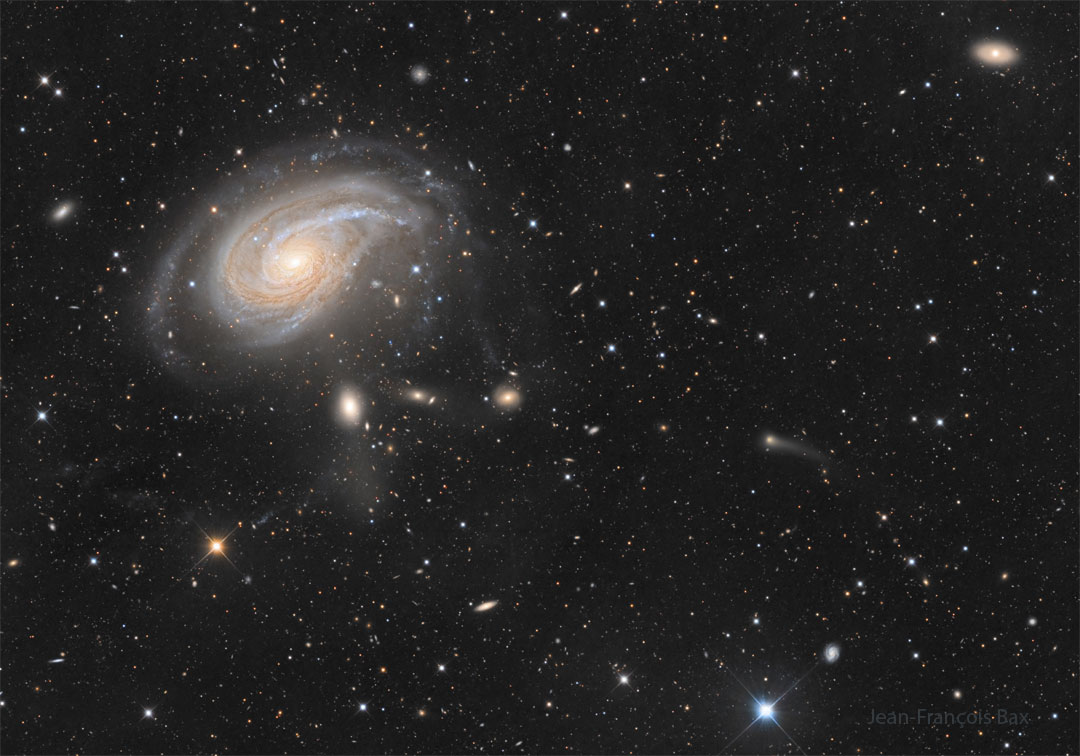
Can the Sun appear to rise twice at the same time? This was just the case a few days ago from Les Escoumins, Quebec, Canada as our Solar System's bright central orb rose just as it was being partially eclipsed by the Moon. The featured video shows this unusual double-sunrise in real time and being reflected by the St. Lawrence River. Soon after the initial two spots of light appear over distant clouds, what appears to be bright horns become visible -- which are really just parts of the Sun not being eclipsed. Soon, the entire eclipsed Sun is visible above the horizon. In all, this broken sunrise took less than two minutes during a partial eclipse that lasted many times longer. Although the Moon circles the Earth once a month (moon-th), it does not always eclipse the Sun because its tilted orbit usually takes it above or below.
https://apod.nasa.gov/apod/ap250401.html ( April 01, 2025)


